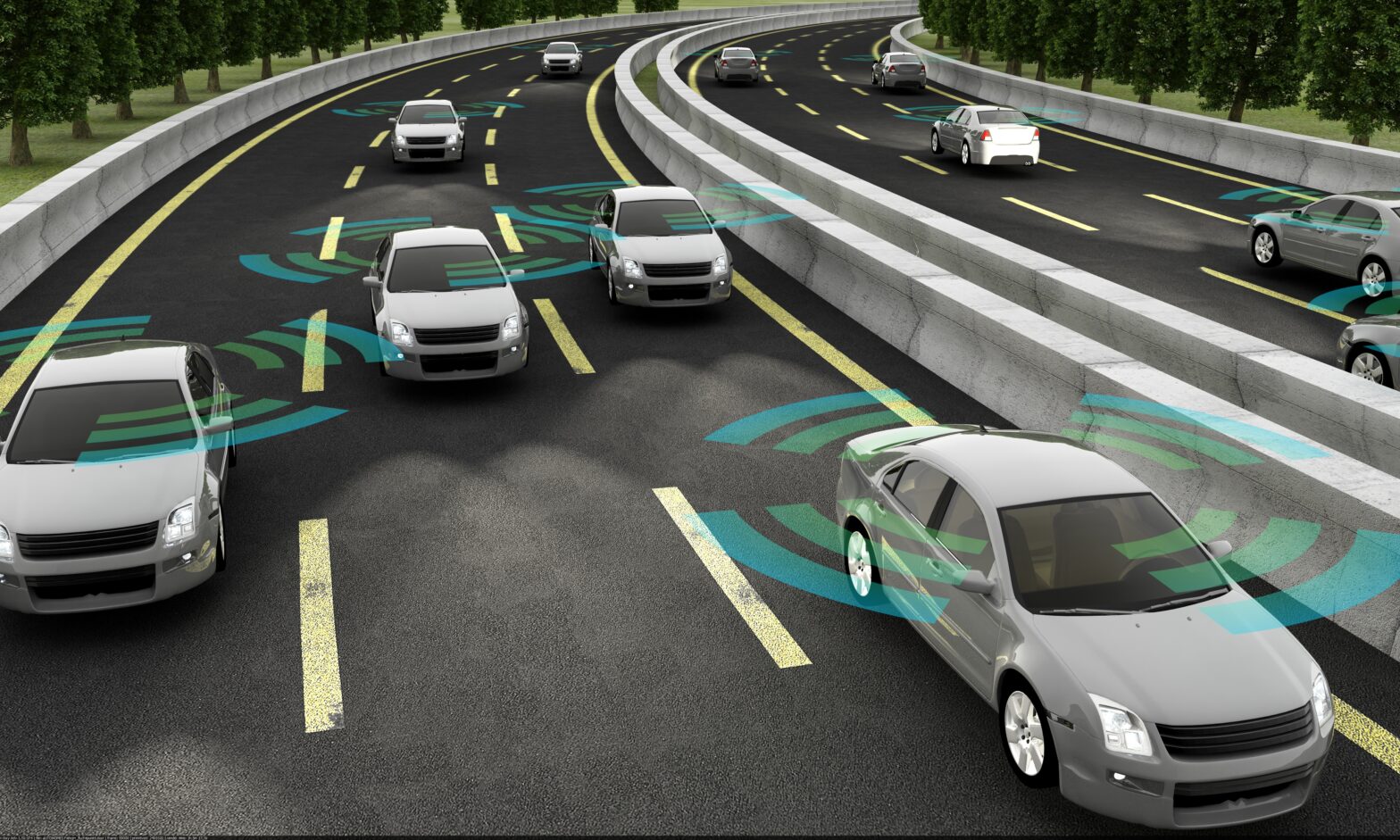Autonomous vehicles and connected cars will have profound implications for drivers and car manufacturers, with automotive technology companies currently investing billions to bring self-driving vehicles to our roads as quickly and safely as possible.
For drivers, it’s reasonably easy to imagine the future of the driving experience, with self-driving vehicles such as those from Google’s Self-Driving Project firmly established in mainstream consciousness.
The number of autonomous vehicles on California’s roads has more than doubled on last year, showing the race to bring technology to the masses sooner. This is evident from Uber’s attempt to bring 100 driverless cars onto the Uber service in Pittsburgh, USA, and Ford’s plan to bring fully autonomous vehicles, with no foot pedals or steering wheels, to market by 2021.
>See also: The inevitable road to the autonomous car: are they safe?
To be updated with the latest route information for our constantly changing roads and street furniture, these cars have to be connected. They also need to send back valuable data on road conditions, map errors, performance and traffic to manufacturers to validate mapping data and fine tune systems. Bursting with cameras, RADAR, LIDAR and other sensors these vehicles are currently estimated to be producing up to 2 gigabytes of data per second.
This is the bleeding edge of automotive technology, but it is only part of the story. Alongside the development of driverless vehicles the world’s conventionally driven vehicle fleet has quietly been getting connected.
A range of services for drivers ranging from downloading navigation updates, traffic information and in car entertainment content, to providing emergency assistance and remote diagnostics have led to cars coming on to the net. Gartner predicts that up to 250 million cars will be connected by 2020 – that is to say a full one fifth of cars worldwide will have a digital imprint.
>See also: Are human drivers ready for autonomous vehicles?
Outside the vehicle other changes are also driving demands for connectivity. Smart city programmes are seeking to reduce congestion through automated dialogue with vehicles – adjusting traffic signals based on route data from cars, offering parking space availability data to reduce queuing, and hence pollution.
Insurance companies are increasingly using telemetry, offering pay-as-you-drive policies. Various start-ups, and established logistics companies are offering just in time preparation of goods for collection, and on demand delivery – where each step in the process of preparing those goods is now being instrumented with IP connected devices to enable the supply chain visibility for true just in time working.
Our cars’ operating systems will soon work in a similar way to our smartphones, with Tesla, one of the most innovative automotive companies on the planet, recently upgrading around 70,000 of its cars, using cellular networks to send vital safety software updates directly to each vehicle.
Manufacturers will not only be selling you a car, they will be selling you an entire digitally connected driving system, including these types of regular operating system updates.
>See also: The future of driverless cars and data security
Clearly there is a huge opportunity here, both for the traditional automotive industry and for technology companies along with newer entrants to the market such as Uber, Google and Apple.
Additionally, the HERE Open Location Platform is actively working on the challenges of delivering this critical environmental information with live data sharing from vehicles to improve the driving experience and safety of its users in connected and autonomous vehicles.
From sensing slower than average journey times on routes to warn of traffic, to using wheel slip and widescreen wiper activation data to warn of ice and poor road conditions. The amount of data involved is staggering, the company makes 2.7 million changes a day to its mapping data – and for safe autonomous driving that data needs to get into the vehicle in real time as the updates happen.
The transport industry faces an immense technological challenge. With a huge increase in the amount of traffic, navigation, safety and performance data needing to be processed by both manufacturer and the car, what does the underlying networking infrastructure look like?
>See also: Tesla updates its driverless cars’ safety features
In order to ensure our cars are safely and securely networked, it is vital that the automotive industry and forward-thinking governments (planning connected road networks and smart cities) invest in fast, scalable and secure networks that can cope with transmitting and processing this huge amount of data seamlessly and in real-time.
Car manufacturers will have to, by necessity, become data and networking technology specialists, as the automotive industry learns how to manage and extract the best value from billions of new connection points, both within vehicles and across smart cities and connected national road networks.
To support this future, the network underpinning autonomous cars needs to be to be extremely reliable and robust so that data can be transferred quickly to prevent any potentially dangerous situations.
The new IP is likely to play a major part in making this possible. The New IP offers a more automated and dynamic range of network capabilities based on software and virtualisation, designed to enable and empower a new era of connected devices, and help make the Internet of Things a reality for businesses and consumers.
Sourced by Joy Gardham, head of Western Europe, Brocade







